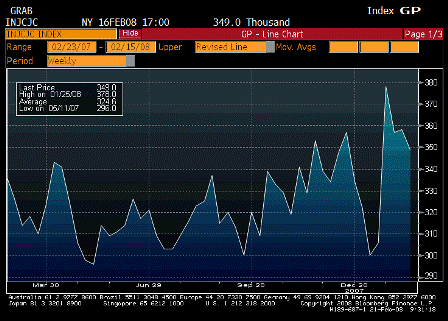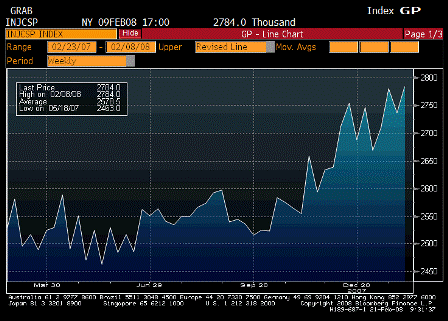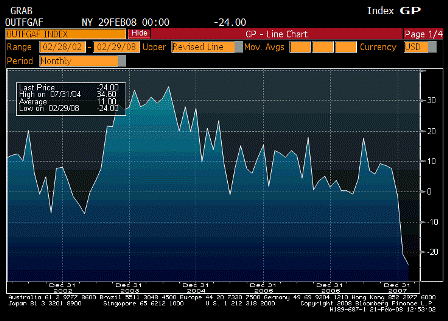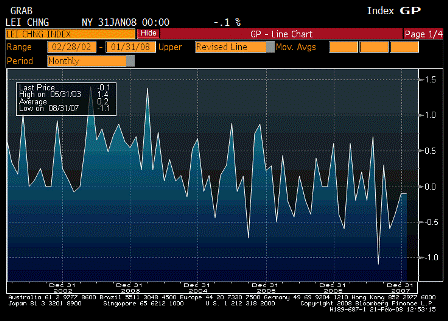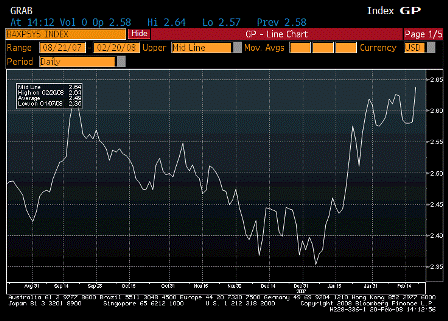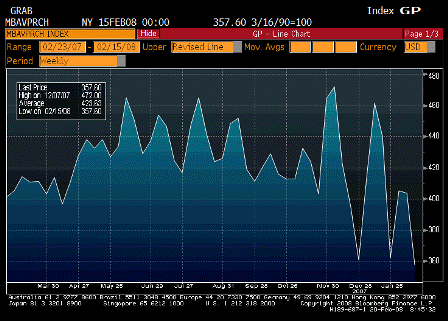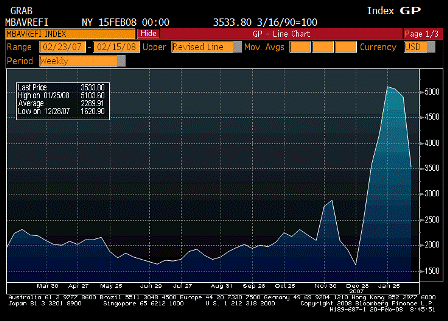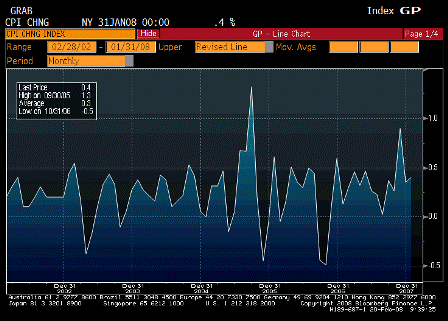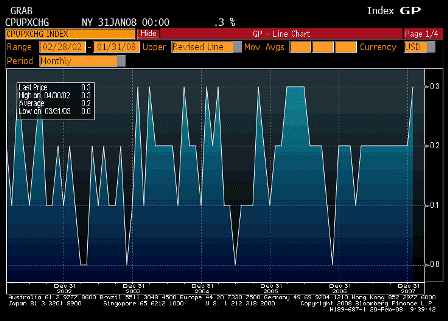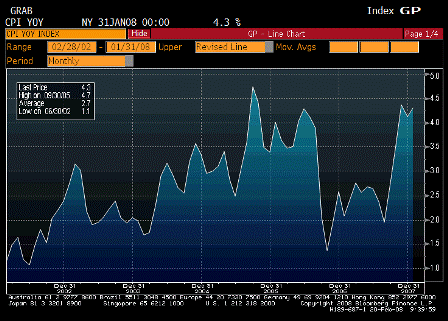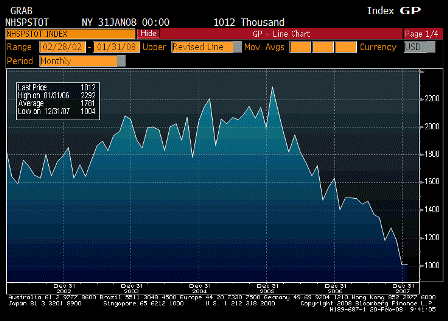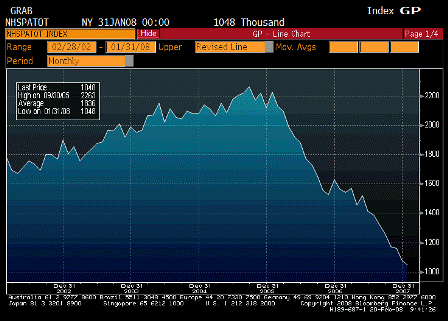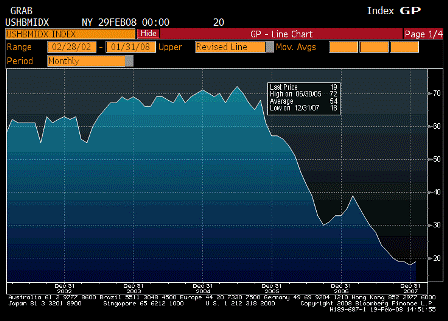Looks very much like the 1970’s to me.
Yes, the labor situation was different then – strong unions due to strong businesses with imperfect competition, umbrella pricing power and the like.
But it was my take then that inflation was due to energy prices, and not wage pressures. Inflation went up with oil leading throughout the 1970’s and the rate of inflation came down only when oil broke in the early 1980’s, due to a sufficiently large supply response. It was cost push all the way, and even the -2% growth of 1980 didn’t do the trick. Nor did 20%+ interest rates. Inflation came down only after Saudi Arabia, acting then as now as swing producer, watched its output fall to levels where it couldn’t cut production any more without capping wells, and was forced to hit bids in the crude spot market. Prices fell from a high of maybe $40 per barrel to the $10-15 range for the next two decades, and inflation followed oil down. And when demand for Saudi production recovered a few years ago they quickly re-assumed the role of swing producer and quietly began moving prices higher even as they denied and continue to deny they are acting as ‘price setter’ with inflation again following.
And both then and now everything is ultimately ‘made out of food and energy’ and hikes in those costs work through to everything else over time.
There are differences between then and now. A new contributor to inflation this time around are our own pension funds, who have been allocating funds to a passive commodity strategies as an ‘asset class.’ This both drives up costs and inflation directly, and adds to aggregate demand (also previously discussed at length).
Also different is that today we’ve outsourced a lot of the labor content of our gdp, so I suggest looking to import prices of high labor content goods and services as a proxy for real wages. And even prices from China, for example, have gone from falling to rising, indicating an inflation bias that corresponds to the wage increases of the 70’s.
Costs of production have been going up as indicated anecdotally by corporate data and by indicators such as the PPI and its components. These costs at first may have resulted in some margin compression, but recent earnings releases seem to confirm pricing power is back and costs are pushing up final prices, even as the US GDP growth slows.
US policies (discussed in previous posts) have contributed to a reduced desire for non residents to accumulate $US financial assets. This plays out via market forces with a $US weak enough to entice foreigners to buy US goods and services, as evidenced by double digit growth in US exports and a falling trade gap. This ‘external demand’ is providing the incremental demand that helps support US gdp, and corporate margins via rapidly rising export prices.
World demand is high enough today to support $100 crude, and push US cpi towards 5%, even with US GDP running near zero.
As long as this persists the cost push price pressures will continue.
Meanwhile, markets are pricing continued ff rate cuts as they assume the Fed will continue to put inflation on the back burner until the economy turns. While this is not a precise parallel with the 1970’s, the era’s were somewhat similar, with Chairman Miller ultimately considered too soft on inflation during economic weakness. He was replaced by Chairman Volcker who immediately hiked rates to attack the inflation issue, even as GDP went negative.

